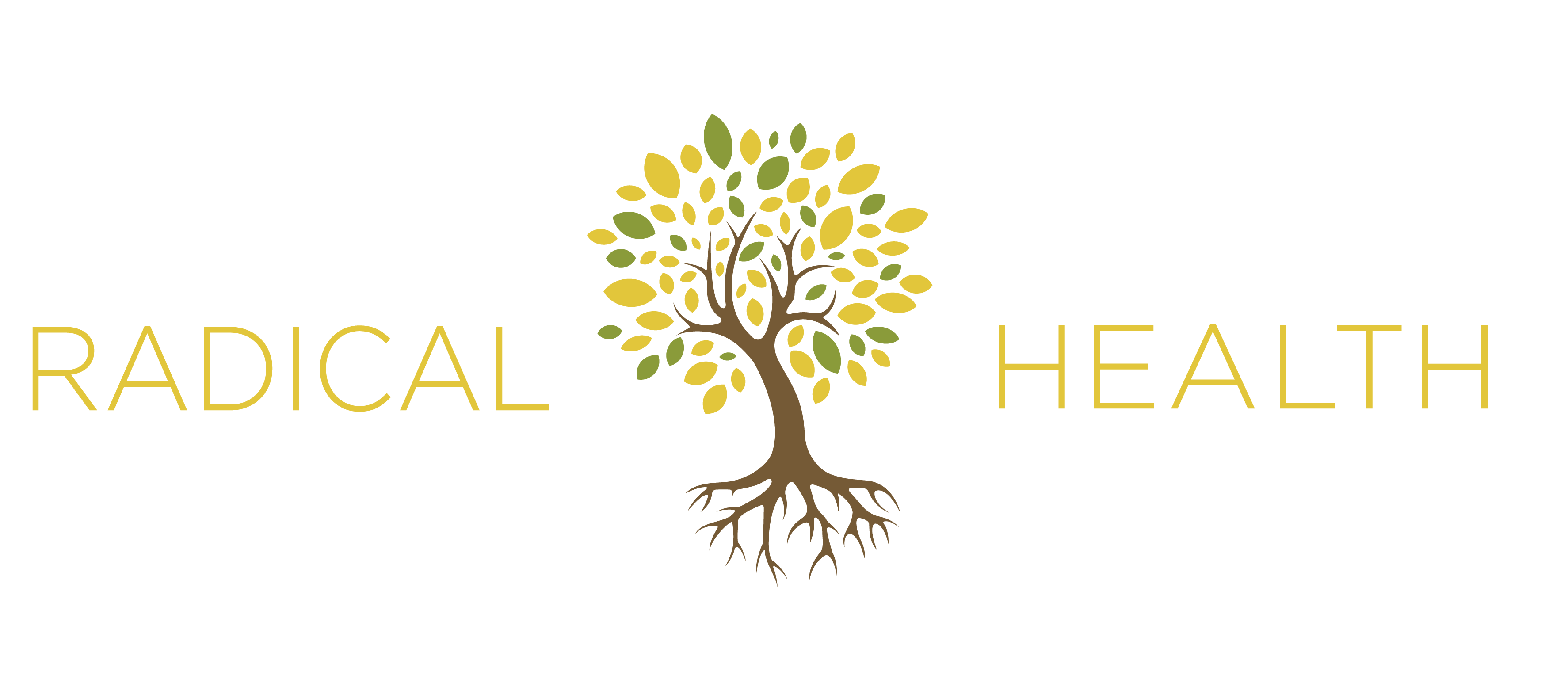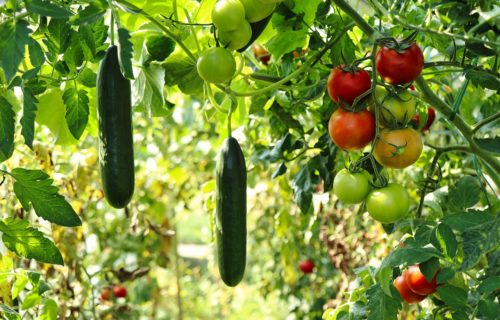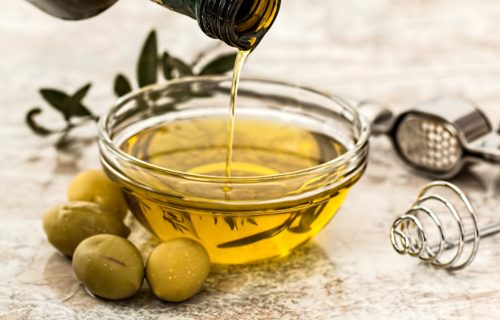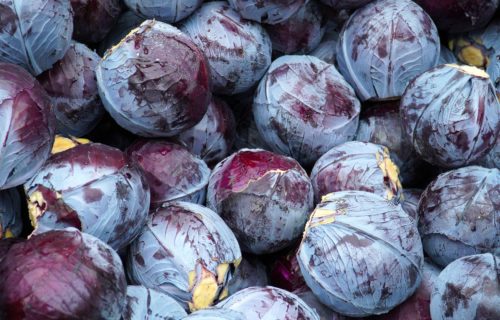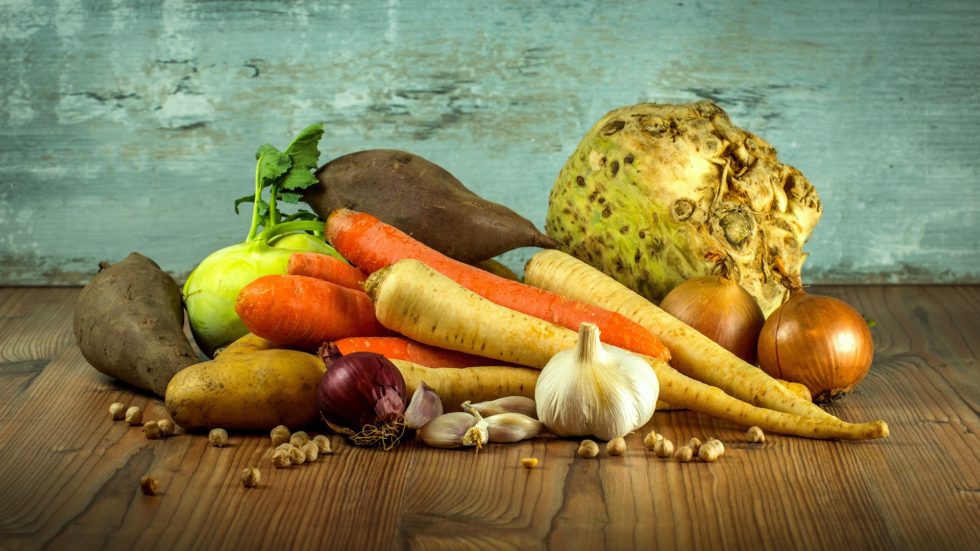
The Symbiotic Relationship of Probiotics and Prebiotics
If you want to improve your gut health or maintain the good gut health you already have, there are two things you must do – consume probiotic foods and prebiotics foods. These are best consumed together, creating what is now being called “symbiotic foods.” This is easier than it sounds and will make your meals tastier and more enjoyable.
Probiotic foods contain beneficial organisms that help our gut perform its duties and have amazing health benefits for us. Prebiotics are types of fibre like inulin, resistant starch, GOS, and FOS that help feed our good bacteria.
We have two types of bacteria strains in our gut: residential and transient. Residential bacteria strains are the bacteria that live in our gut naturally and we want them re-populate to stay healthy. Transient strains of bacteria pass through us (usually within 3 days), but while they are there, they help the gut do its work to keep us healthy. Bacteria are more communal than competitive my friends!

You’ve likely heard a lot about the benefits of probiotics. Some examples of probiotic foods are sauerkraut, kimchi, kombucha, yogurt, kefir, miso, natto, pure apple cider vinegar, true balsamic vinegar, wine, unpasteurized beer, and crème fraiche. In order to deliver beneficial organisms from fermented foods to the gut as well as the enzymes these foods also contain, make sure that these are unpasteurized. Probiotic foods contain the transient bacteria.
Why not just take a probiotic capsule? Probiotic capsules are far less effective at helping your beneficial bacteria compared to fermented foods. Part of the reason is that fermented foods often also contain the prebiotics to help good bacteria thrive.
We need prebiotics to feed and increase our residential bacteria and help our transient bacteria thrive as they move through the body. Prebiotic foods include garlic, onions, beans, lentils, citrus fruits, pears, apples, bananas, berries, almonds, Jerusalem Artichokes, chicory, and broccoli. These contain soluble fibres like inulin and FOS. Prebiotics also includes resistant starch found in legumes, potatoes, wheat, corn, rye, barley, rice, spelt, kamut, and other grains as well as GOS is found in dairy products. And….honey is prebiotic. Yes, you read correctly – honey! Oh, and get ready…the news you’ve been waiting for…chocolate is prebiotic!
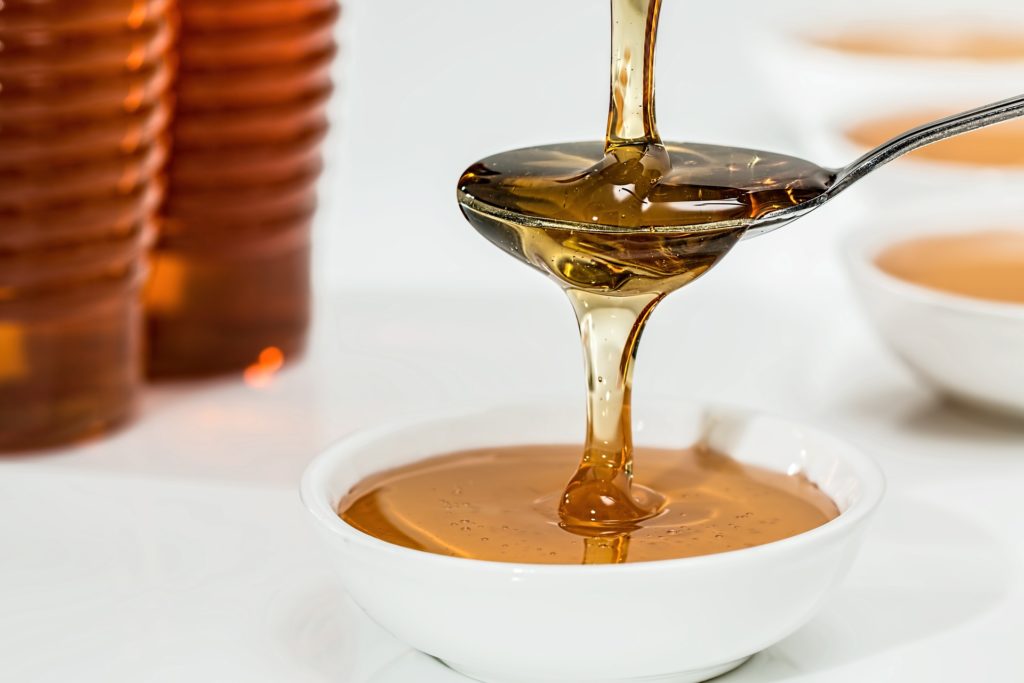
The list of foods that are prebiotic is going to expand as research continues. It could turn out that all whole foods have some prebiotic benefit, but we do not know that yet.
Prebiotics are not just food for good bacteria. They also enhance the absorption of calcium and magnesium and are involved in appetite regulation as well as lipid metabolism. As research continues, it is even more fascinating how these simple substances in food, and together with our good bacteria, are involved in a complex relationship to help us be healthy.
Consuming prebiotics with probiotics can be as simple as mixing banana slices into your yogurt or serving sauerkraut with a meal that contains garlic and onions. Maybe this is why we traditionally constructed meals as we did.
Check out my hearty vegetable curry stew – a great source of prebiotic food!
